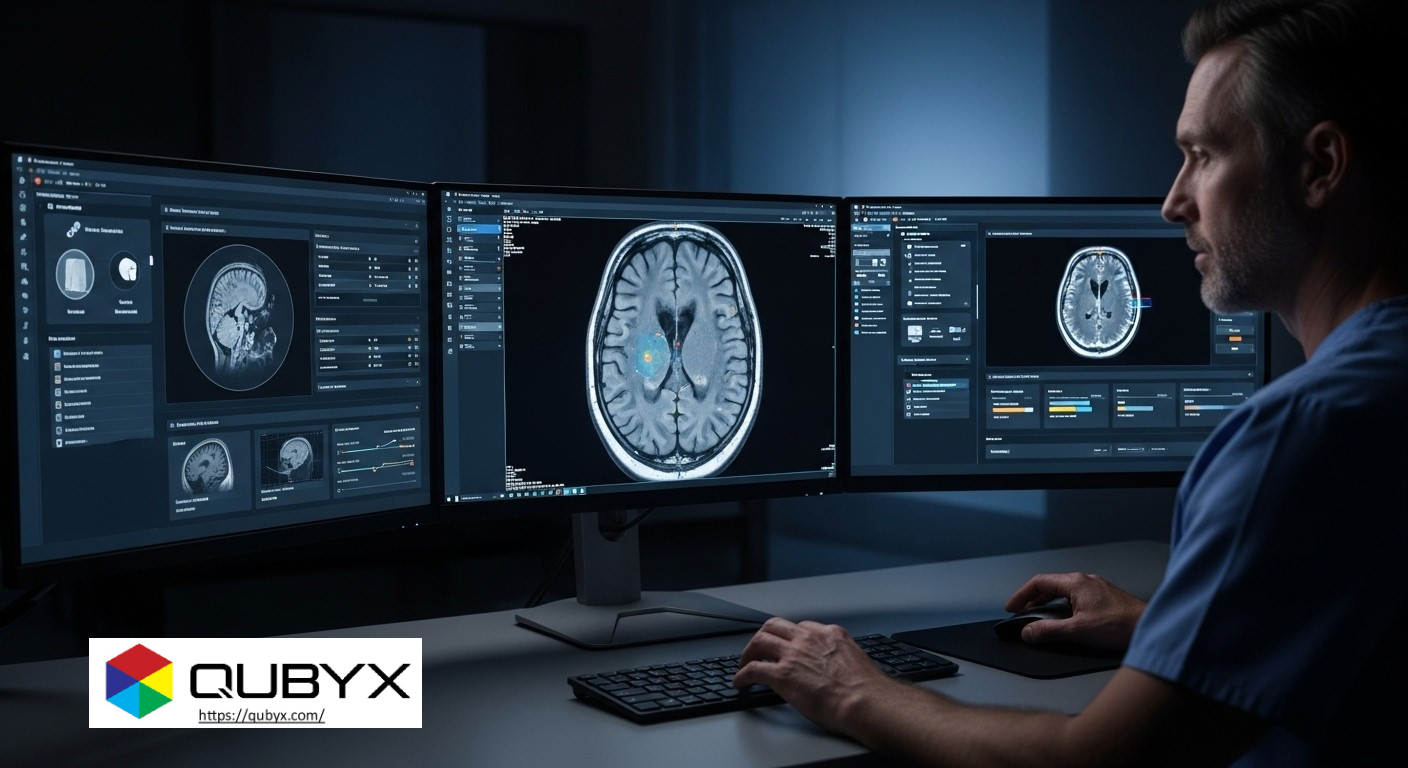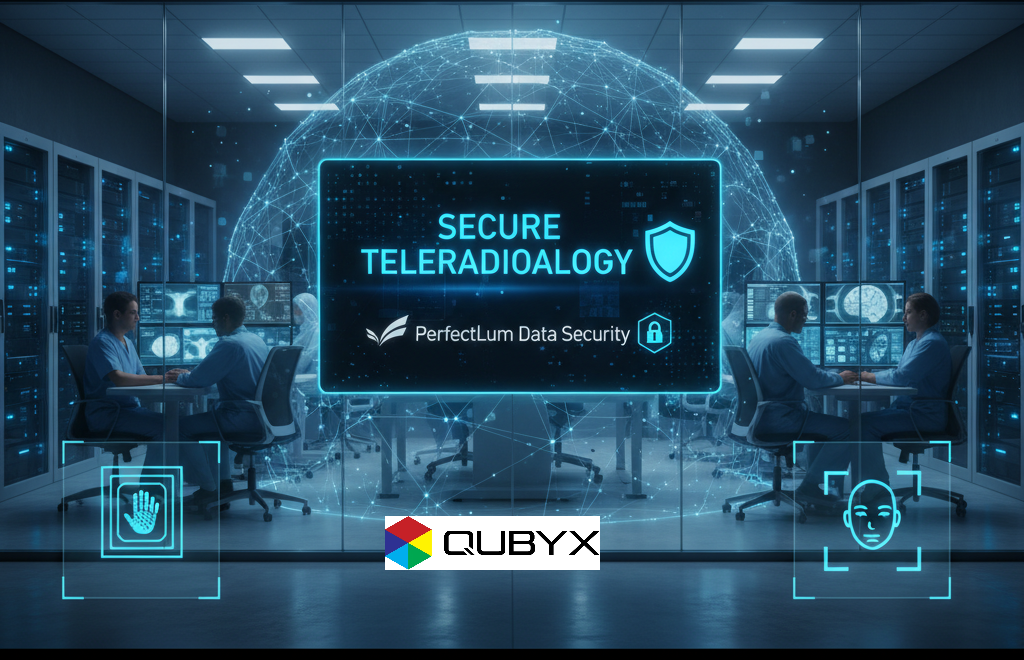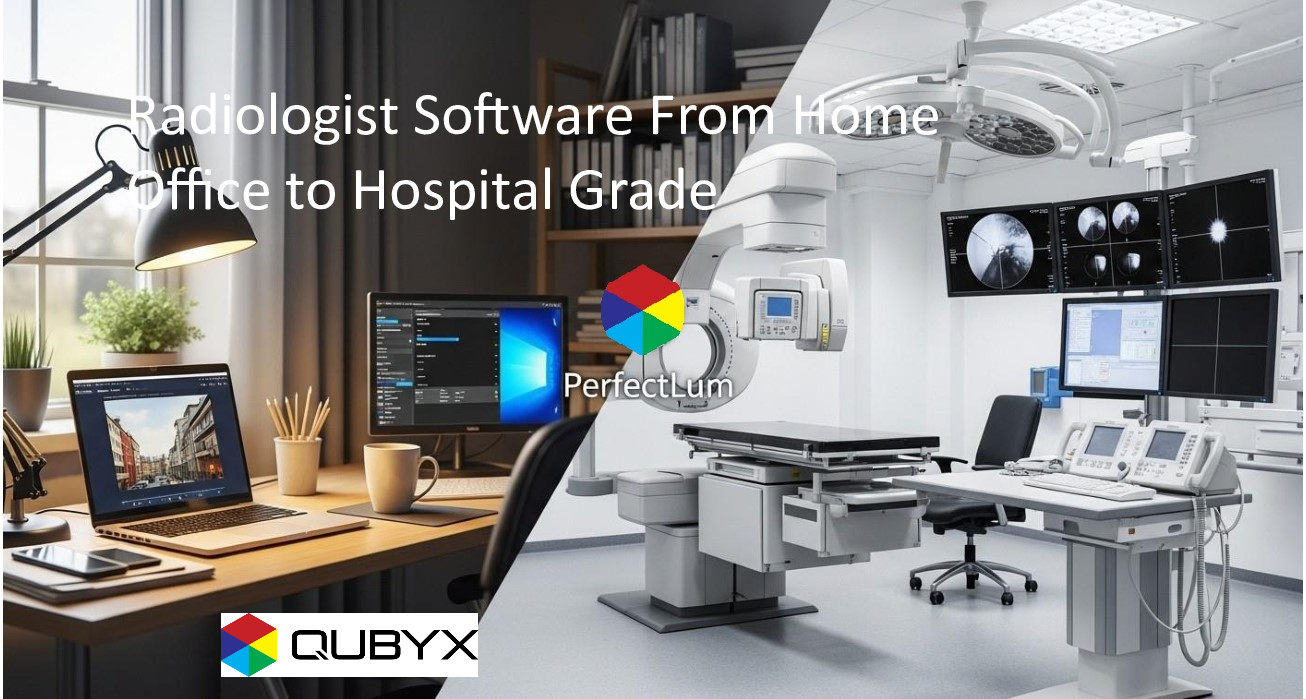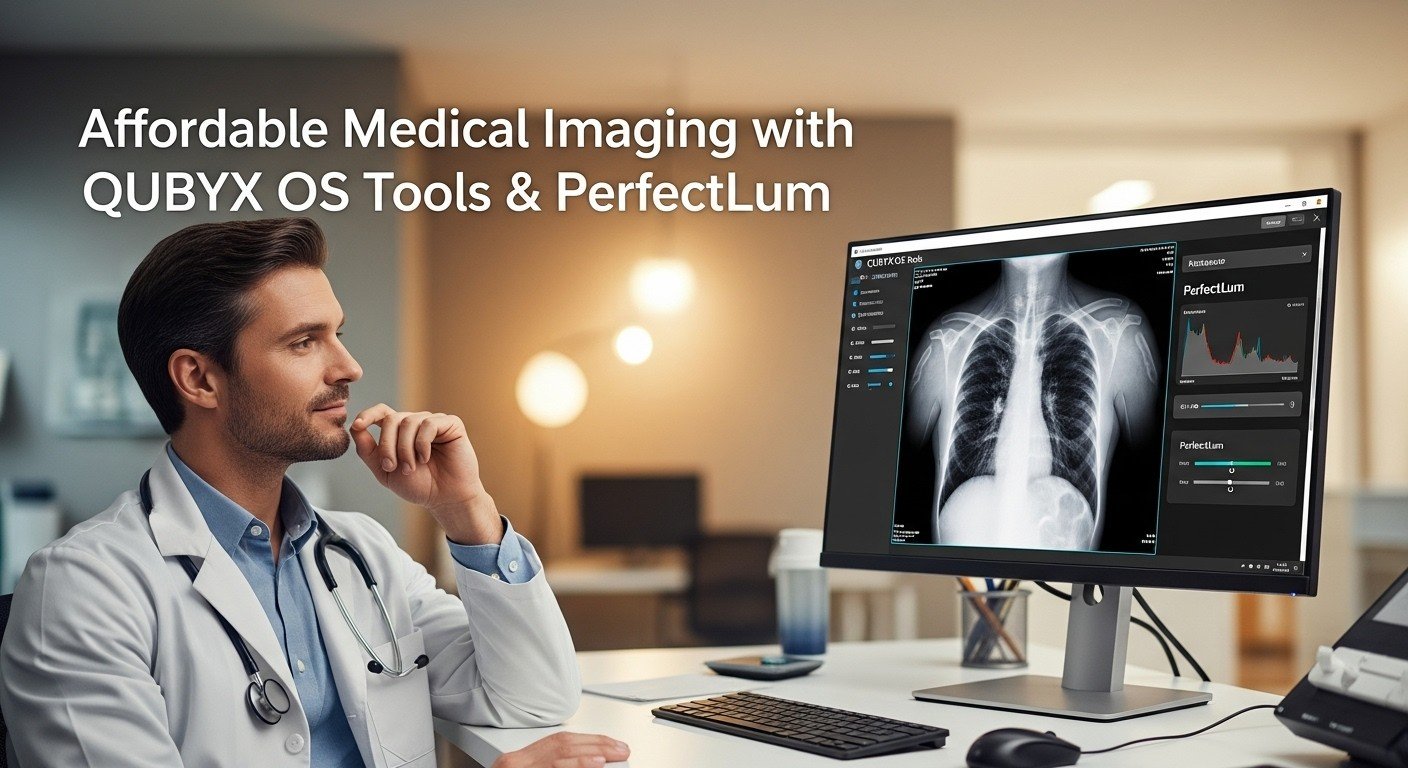News
- Home
- Subtle Contrast, Critical Diagnosis with QUBYX OS Tools

Subtle Contrast, Critical Diagnosis with QUBYX OS Tools
- October 12, 2025
- Shamsul
Subtle Contrast, Critical Diagnosis | Why OS Tools’ High-Resolution Control Matters to Clinicians
Introduction: When Every Shade Tells a Story
In diagnostic imaging, the smallest tonal shift can mark the difference between early detection and missed diagnosis. A micro-calcification in a mammogram, a faint lesion in a CT scan, or a subtle soft-tissue gradient in an MRI — all depend on precision rendering of contrast. That precision begins not with the radiologist’s eye, but with how the display interprets and reproduces the original image data.
This is where QUBYX OS Tools stands apart. Built on open, modular architecture with embedded 3D Look-Up Tables (3D LUTs) and ICC device-link profiles, it gives clinicians an unprecedented level of control over grayscale and color calibration — achieving consistency, subtlety, and confidence at the pixel level.
The Challenge: Detecting What Can’t Be Seen Without Precision
Medical imaging devices capture tremendous depth — thousands of grayscale levels per pixel — but monitors can only render what calibration allows.
Even slight deviations in luminance response or gamma mapping can cause diagnostically significant details to vanish.
For instance:
-
Micro-calcifications in mammography appear as small bright spots just above the local background level. If display contrast or gamma isn’t tuned precisely to DICOM Part 14 GSDF, they risk being lost in midtones.
-
Soft-tissue differentiation in CT and MRI depends on stable gray rendering. Any non-linearity between source image and display output compromises diagnostic confidence.
-
Temporal drift in backlight luminance or color balance further reduces visibility over time if not regularly calibrated.
The issue isn’t merely visual — it’s clinical. Undetected details can delay interventions, increase recall rates, and undermine diagnostic trust.
The Solution: Fine Granularity Through Embedded 3D LUTs
Unlike basic 1D LUTs that correct each channel (R, G, B) independently, QUBYX OS Tools employs high-resolution embedded 3D LUTs — multidimensional color maps that manage how every tonal combination behaves across the grayscale and chromatic spectrum.
Each 3D LUT in OS Tools:
-
Maps tens of thousands of input-output points across the RGB cube.
-
Provides micro-contrast control — ensuring that each grayscale step is perceptually uniform.
-
Enables DICOM GSDF, AAPM TG18/TG270, and DIN 6868-157 compliance without expensive medical-grade hardware.
-
Integrates directly into the OS and ICC color management framework — avoiding intrusive driver-level manipulation.
The result? Radiologists experience the same tonal precision on a calibrated commercial monitor as on proprietary diagnostic displays costing thousands more.
Precision at Every Level: From LUTs to the Clinician’s Eye
QUBYX OS Tools is not just a calibration utility; it’s a precision framework for ensuring reproducible diagnostic visualizations.
-
High-Resolution Control: The embedded LUT resolution in OS Tools supports granular mapping — often exceeding the 12-bit per channel precision of most displays. This ensures luminance steps follow the GSDF curve with negligible deviation.
-
ICC Device-Link Integration: Instead of applying post-rendering corrections, OS Tools fuses source and display color transforms into a single, mathematically optimized ICC device-link profile. That means fewer transformations, lower rounding errors, and true-to-source reproduction.
-
Hardware Independence: Whether connected to an ASUS ProArt, AOC, or Gigabyte display, the software ensures consistent luminance response curves, enabling hospitals to repurpose affordable monitors into diagnostic-grade assets.
Clinical Relevance: The Human Factor in Subtle Contrast
Radiologists often describe their visual workflow as “reading the gray.”
That reading relies on consistency, subtle transitions, and absence of visual artifacts.
By enabling fine control over tone mapping and luminance uniformity, QUBYX OS Tools supports:
-
Earlier detection of micro-lesions, calcifications, and vascular anomalies.
-
Better image comparison across time, devices, and modalities.
-
Reduced visual fatigue from inconsistent brightness or gamma behavior.
In practice, that means fewer missed diagnoses, higher reader confidence, and improved clinical outcomes — all without the overhead of proprietary hardware ecosystems.
Why It Matters Now
Healthcare systems today balance budget pressures with rising imaging volumes and expectations of accuracy. Many are turning to software-first calibration ecosystems to extend the life of existing monitors while maintaining diagnostic integrity.
QUBYX OS Tools exemplifies this shift:
-
Open-source architecture ensures transparency and adaptability.
-
Remote QA integration allows fleet-wide calibration and compliance checks.
-
Embedded 3D LUTs guarantee high-fidelity tonal reproduction for every grayscale nuance clinicians depend on.
In short — when subtle contrast reveals critical diagnosis, resolution control becomes a clinical necessity, not a luxury.
Conclusion: See What Matters Most
Diagnostic imaging is not just about what is captured — it’s about what can be seen.
QUBYX OS Tools gives clinicians the power to see everything that matters: subtle contrast, accurate tones, and uncompromised diagnostic confidence.
From micro-calcifications to soft-tissue gradients, the difference between seeing and missing often lies in software precision.
With QUBYX OS Tools, that precision is built in — quietly, reliably, and open for every healthcare provider.
Call to Action
Learn more about QUBYX OS Tools and PerfectLum Suite — the most advanced Claibration software-first solutions for radiology, teleradiology, and clinical imaging environments.
Visit www.qubyx.com
To secure medical-grade display precision while reducing the recurring costs of proprietary hardware, the answer is clear: transition to a Calibration Software platform like QUBYX OS Tools (Free) and PerfectLum today.
Tags:
QUBYX OS Tools, diagnostic display calibration, 3D LUT, DICOM GSDF, microcalcifications, OS Tools, soft tissue differentiation, medical imaging QA, radiology software USA
Related Posts
- October 15, 2025
- News
How PerfectLum Ensures Data Integrity and Secure Teleradiology Introduction:
- October 14, 2025
- News
Radiologist Software From Home Office to Hospital Grade Introduction:
- October 14, 2025
- News
The New Frontier of Healthcare: PerfectLum’s Role in Mobile Teleradiology




